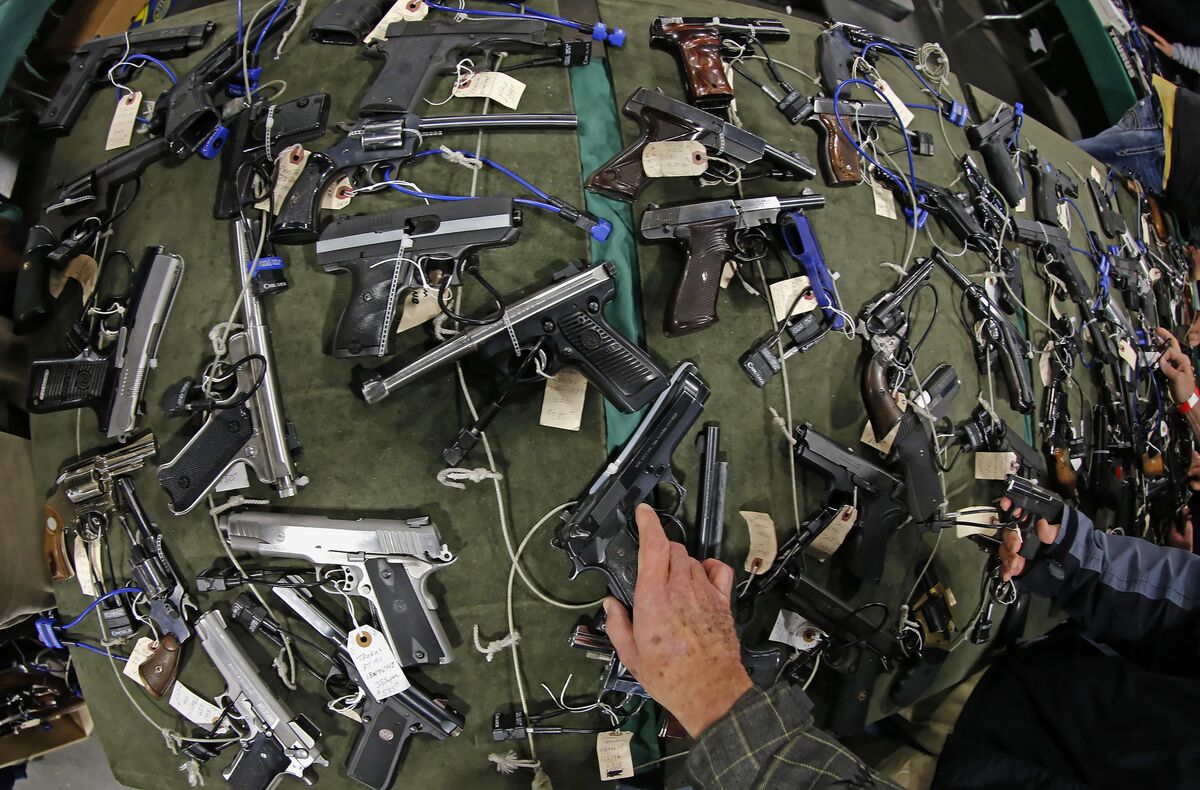
More than 900 Americans annually would avoid being shot to death if every state had one, a new study says.
Waiting periods save lives. A legally mandated delay imposed by some states making would-be gun owners pause before actually getting a firearm lowers rates of murder and suicide.
While this nexus may seem as logical as night following day, a new study released this week actually proves it. Published in the Proceedings of the National Academy of Sciences, Harvard Business School researchers Michael Luca, Deepak Malhotra, and Christopher Poliquin found waiting period laws reduce homicides in which a gun is used by 17 percent.
“Our results imply that the 17 states (including the District of Columbia) with waiting periods avoid roughly 750 gun homicides per year as a result of this policy,” the study, released Monday, stated. “Expanding the waiting period policy to all other U. states would prevent an additional 910 gun homicides per year without imposing any restrictions on who can own a gun.”
No mandatory waiting period will get in the way of methodical killers who plan for months or years to gun people down. Anger-fueled, spur-of-the-moment trips to the gun store are what these laws protect against. In addition to helping reduce rates of gun-related homicides, the study also determined waiting periods were linked to a 7 to 11 percent decrease in gun suicides. A study published in 2015 also found gun laws are linked to lower rates of gun suicides. “When you make a highly lethal method of suicide harder to access, you’re going to lower the suicide rate,” Michael D. Anestis, the study’s lead author, told the New York Times when the research was published. “We need to emphasize evidence-based gun safety among gun owners.”
The Harvard Business School researchers reviewed the history of waiting period laws between 1970 and 2014 and tracked firearm related deaths through data kept by the Centers of Disease Control and Prevention. The data was controlled for “changing economic and demographic factors that may be correlated with higher levels of gun violence or with the decision of lawmakers to adopt policies that delay gun purchases,” according to the study.
This study also specifically analyzed the relationship between waiting periods and gun-related deaths from 1990 to 1998, during which time the Brady Handgun Violence Prevention Act went into effect, requiring background checks for buyers from licensed dealers. In the years that followed, 19 states built on the statute by requiring additional, standalone waiting periods. “We find that waiting periods led to large and statistically significant reductions in gun violence during the Brady interim period,” the study concluded.
However, a different study from 2000 found conflicting results about the Brady period. Research by Jens Ludwig and Philip Cook published in the Journal of the American Medical Association found that while gun suicides for Americans over the age of 55 decreased during the Brady Act years, overall rates of suicide and homicide didn’t drop. A 2012 study was also skeptical of the impact of waiting periods on rates of gun violence.


0 comments:
Post a Comment